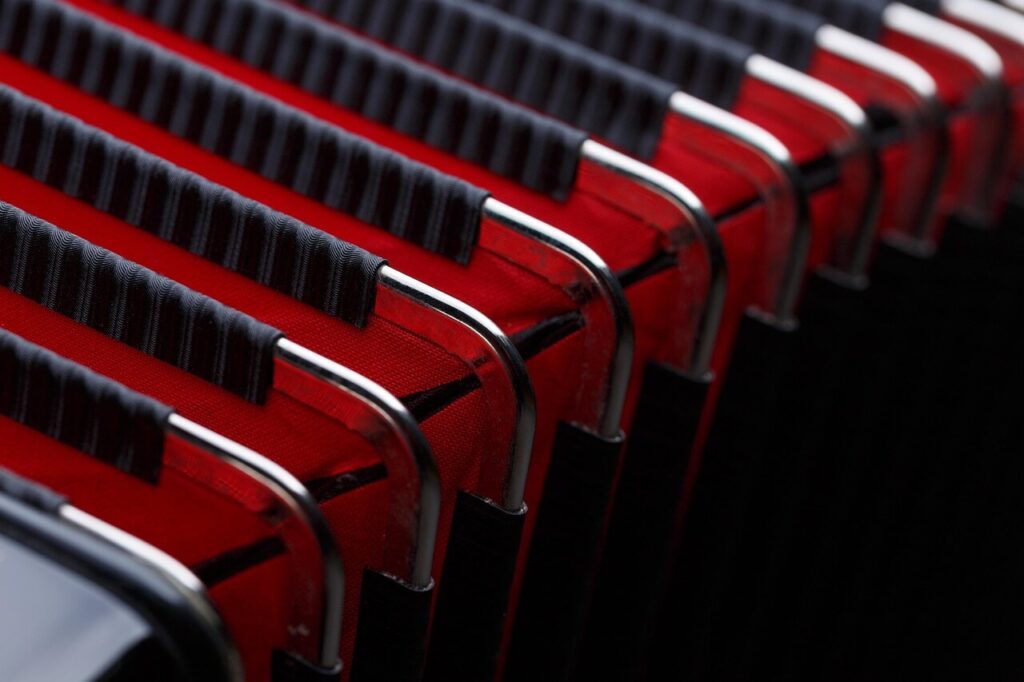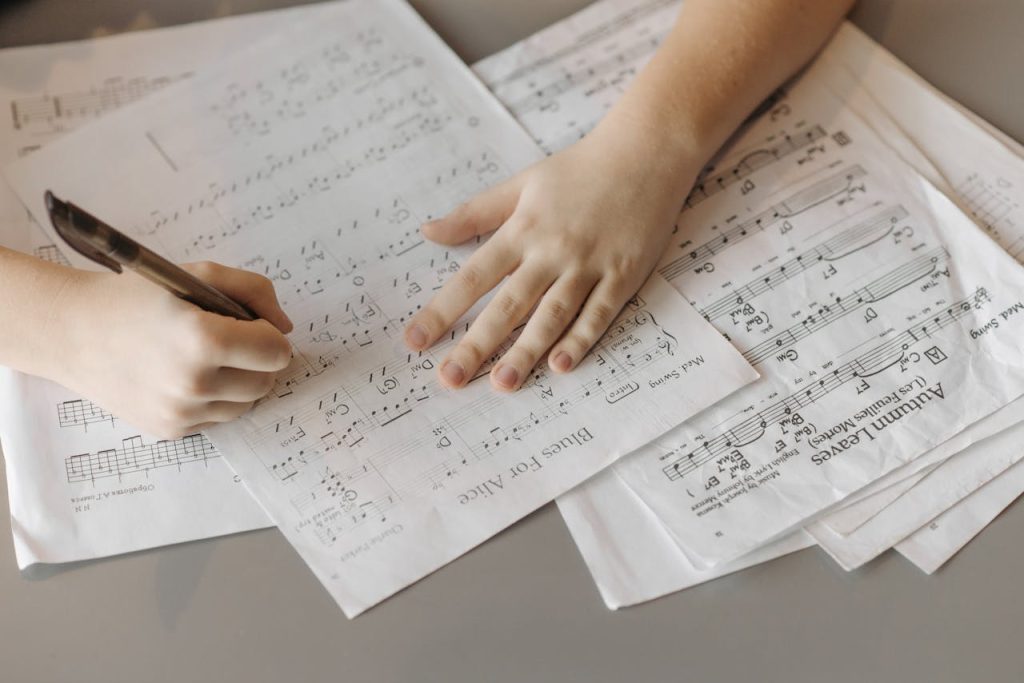If you’ve ever walked into a piano showroom or attended a recital with multiple performers, you might have noticed something fascinating: no two pianos sound exactly alike. Even if they’re the same brand and model, each has a unique character, almost like a musical fingerprint. But why is that? Let’s explore the science behind piano tone and what makes each instrument special.
1. Wood as a Living Material
Pianos are made primarily of wood — spruce for soundboards, maple for bridges, and a variety of hardwoods for the body. Wood continues to “live” even after being cut, expanding and contracting with humidity and age. This natural variability means that every soundboard vibrates differently, creating subtle tonal differences.
2. The Strings and Scaling
The length, thickness, and tension of piano strings all affect tone. Manufacturers use complex scaling formulas to determine string placement, but even tiny differences in tension or material can influence brightness or warmth. Over time, strings age and lose some of their shimmer, giving older pianos a rounder, mellower sound.
3. The Hammer Felt
When you press a key, a hammer covered in felt strikes the string. The density and shape of that felt (and even how much it has been compacted through years of playing) determines whether a piano sounds crisp, mellow, or somewhere in between. Piano technicians often “voice” an instrument by needling or reshaping the felt to adjust its tone.
4. Room Acoustics
Sometimes, it’s not the piano at all — it’s the room. A Steinway in a concert hall will sound vastly different from the same Steinway in a living room. Hardwood floors, rugs, curtains, and even ceiling height affect resonance and clarity.
5. The Human Factor
Finally, there’s the pianist. Each player’s touch, pedaling, and phrasing influence the way the piano “speaks.” A delicate player may bring out the instrument’s warmth, while a more percussive style might highlight its brightness.
Conclusion
The magic of the piano lies in its individuality. No two pianos — and no two pianists — sound alike. That’s why pianists often form deep connections with particular instruments, almost as if they were old friends with distinct personalities.
So, next time you sit down at a piano, take a moment to appreciate not just the music, but the unique voice of the instrument itself.

